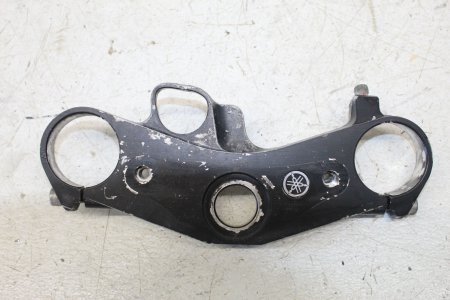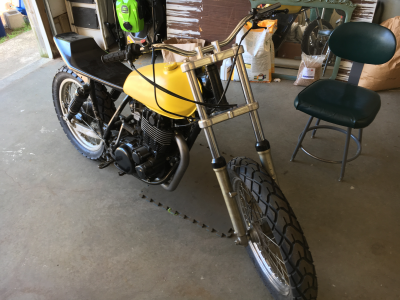I have been collecting cast aluminum pieces to use when I get a furnace setup. Can anybody shed some light on that?
No expert but have made enough mistakes to shed some light. There are a lot of different alloys used in castings. Pistons usually have considerable silicone, Zinc is common in small mechanical parts. Magnesium is also common and I've wondered about it burning off?? Lots of other minor elements. Extrusions seem to be mostly just aluminum but that makes them kind of weak castings. The problem for the home guy is keeping hydrogen bubbles out of it. They make castings brittle & weak. H2O provides hydrogen. To limit it, dry your metal before it goes into the furnace. I do that by laying it on top of the furnace while it is heating. I've tried some commercial products to ad to the molten metal but with little success. Air that is used for combustion caries humidity, water! The longer the melt is exposed to the fire the more hydrogen gets in from the humidity. So pour as soon as you can. Oxygen reacts with the molten aluminum and forms an oxide that floats on the surface as dross along with other contaminates. You need to keep that out of your pour. Skim just before the pour. Use a sprue that stays full the entire time you are pouring. Use a pouring basin that serves to skim as you pour and keep the sprue full. Provide a trash well at the bottom of the sprue for any stray sand the washes down. Provide a riser that is big enough to stay molten long enough to provide makeup metal as the casting shrinks as it solidifies.
Alloy wheels seem like OK material but are a pain to cutup. Manifolds, engine blocks etc. can be broken up with a sledge. Pop cans aren't worth the fuel to melt them and end up with lots of hydrogen bubbles. Avoid using steel or iron to melt in. It contaminates the casting. Crucibles are available online.
An electric furnace eliminates much of the problem with hydrogen embrittlement.
Olfoundryman videos are excellent.
You can make your own casting sand with fine sand from Home Depot, Bentonite is carried by my local concrete company in 50# bags. Baby powder is often used to prevent the sand from sticking to the pattern. Sodium silicate is used for cores and CO2 to set it up. You can also use oil and bake the cores, I've never tried that. There is a lot of poor or outright dangerous YouTube stuff out there. Be careful molten metal will burn right through you. Boot covers, chaps, gloves, face shield and only leather or cotton clothing.
Oil based casting sand can be purchased but shipping is a killer. You can make your own using a recipe online that uses auto transmission fluid for the oil. Lost foam or lost wax are other options.
Casting is another of those giant rabbit holes!




